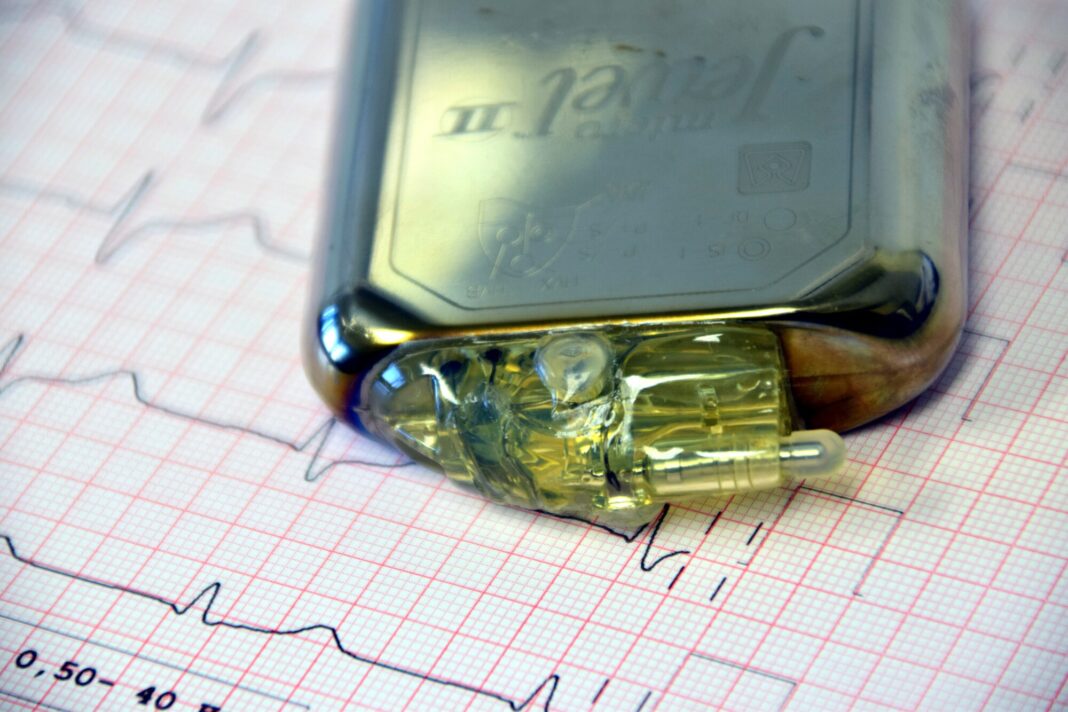Heart disease affects 1 in 3 Americans and accounts for 1 in 3 deaths. With so many people susceptible to heart problems. Medical advances have helped develop ways to keep them safe and with a healthy cardiovascular system.
Pacemakers are devices that deliver electrical pulses to help regulate the electrical rhythm within the heart. The mechanisms and uses of pacemakers vary.
In this guide, we’ll look at some of the types of pacemakers. Read on to learn more.
How Pacemakers Work
The pacemaker has two parts: a pulse generator and lead wires. The pulse generator is a small metal box that contains the pacemaker’s battery and circuitry. The lead wires are thin wires that connect the pulse generator to the heart.
When the pacemaker senses that the heart is beating too slowly, it sends out electrical pulses. These electrical pulses make the heart muscle contract and beat at a normal rate.
Pacemakers are usually implanted under the skin on the left side of the chest, below the collarbone. The lead wires are well threaded through a vein and into the heart.
The whole procedure usually takes about an hour. Learn more here on “how does a pacemaker work“.
The Different Types of Pacemakers
Pacemakers are often used to treat a variety of heart rhythm problems. The different types of pacemakers include:
Single-Chamber Pacemakers
These pacemakers have one electrode. They’re used to pace the right ventricle (the lower chamber on the right side of the heart). It does this by sending electrical impulses to your heart muscle. This causes your heart to contract and pump blood.
Dual-Chamber Pacemakers
These pacemakers have two electrodes. One for the right atrium (the upper chamber on the right side of the heart) and one for the right ventricle. They’re used to pace both chambers of the heart.
Biventricular Pacemakers
These pacemakers have three electrodes. They’re used to pace both the right and left ventricles. Biventricular pacemakers are often used to treat heart failure.
Common Heart Problems With Pacemakers
There are several common heart conditions that have been treated with a pacemaker. These include bradycardia, tachycardia, and heart block.
Bradycardia
This is a condition where the heart rate is too slow caused by many different factors including certain medications, electrolyte imbalances, and heart disease. A pacemaker can help to control the heart rate and improve the symptoms of bradycardia.
Tachycardia
This is a condition where the heart rate is too fast. This is often caused by many different factors including stress, anxiety, anemia, and heart disease. A pacemaker can help to control the heart rate and improve the symptoms of tachycardia.
Heart Block
This is a condition where the heart’s electrical signals are blocked caused by many different factors including coronary artery disease, heart failure, and certain medications. A pacemaker can help to improve the symptoms of heart block.
When to Seek Medical Attention for a Pacemaker
There are different types of pacemakers that have used today depending on the individual’s needs. Some common pacemakers include single-chamber pacemakers, dual-chamber pacemakers, and bi-ventricular pacemakers.
The type of pacemaker that’s chosen for a patient is often based on many factors. This includes the patient’s best heart rate, blood pressure, and heart function. Speak with your doctor to learn which type of best pacemakers are right for you.
Find this post helpful? Check the rest of our blog for more valuable content.

